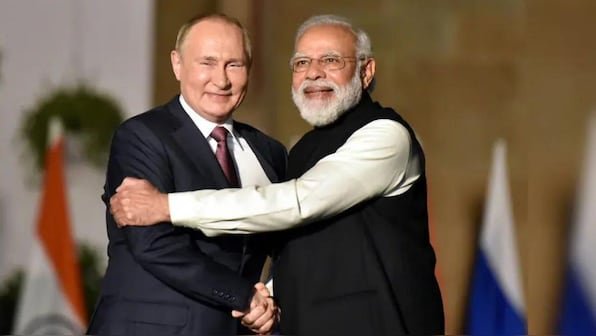
In a recently held meeting in New Delhi, Indian officials and their Russian counterparts discussed, among others, collaboration on the training of Indian sailors for polar navigation, joint shipbuilding projects, and the development of the Northern Sea Route (NSR). For this, Indian stakeholders will collaborate with Rosatom, Russia’s state nuclear energy corporation specialising in high-tech nuclear products.
This comes after Prime Minister Narendra Modi’s visit to Moscow for the 22nd India-Russia Bilateral Summit in July, where both parties agreed on building “new architecture of stable and efficient transport corridors”. The recent pronouncements have brought the Arctic to the spotlight as a geopolitical chessboard where key actors, including India and Russia, are advancing their interests and claims. However, as the Arctic garners global attention, it has also sparked debates over the conceivable geopolitical rivalries in a fragile ecosystem facing existential threats from global warming and climate change.
Locating the Arctic in Global Geostrategy and Geo-economy
The Arctic is the frozen landmass that lies above the Arctic Circle and is surrounded by eight countries, including Canada, Denmark, Finland, Iceland, Norway, Sweden, the US, and Russia. Owing to its influence on planet Earth’s atmospheric and oceanographic cycles, the region is a critical and high-priority area of research for the scientific community. It is estimated to be home to approximately 13 per cent of the world’s undiscovered crude oil, 30 per cent of natural gas, and a rich source of rare earth minerals (REM).
As the region remains covered by thick ice for most of the year, it has remained unexplored. However, as an effect of global warming, Arctic ice is receding faster than any other region in the world. NASA reported that the decadal rate of ice loss in the Arctic Sea is 12.6 per cent. The melting ice is unfolding a new route called the Northern Sea Route (NSR) in the Arctic, linking the Atlantic and the Pacific that will transform global trade forever, shifting the flow of cargo and saving time and cost of freight. When operational, it would take 18 days for a Chinese cargo shipment from Shanghai to reach Hamburg via the Bering Strait, compared to 35 days taken via Suez. It will reduce the route length from Japan to Europe by half, providing a breakthrough alternative to the traditional Malacca and Suez.
Content retrieved from: https://www.firstpost.com/opinion/arctic-the-next-frontier-in-india-russia-relations-13830465.html.




